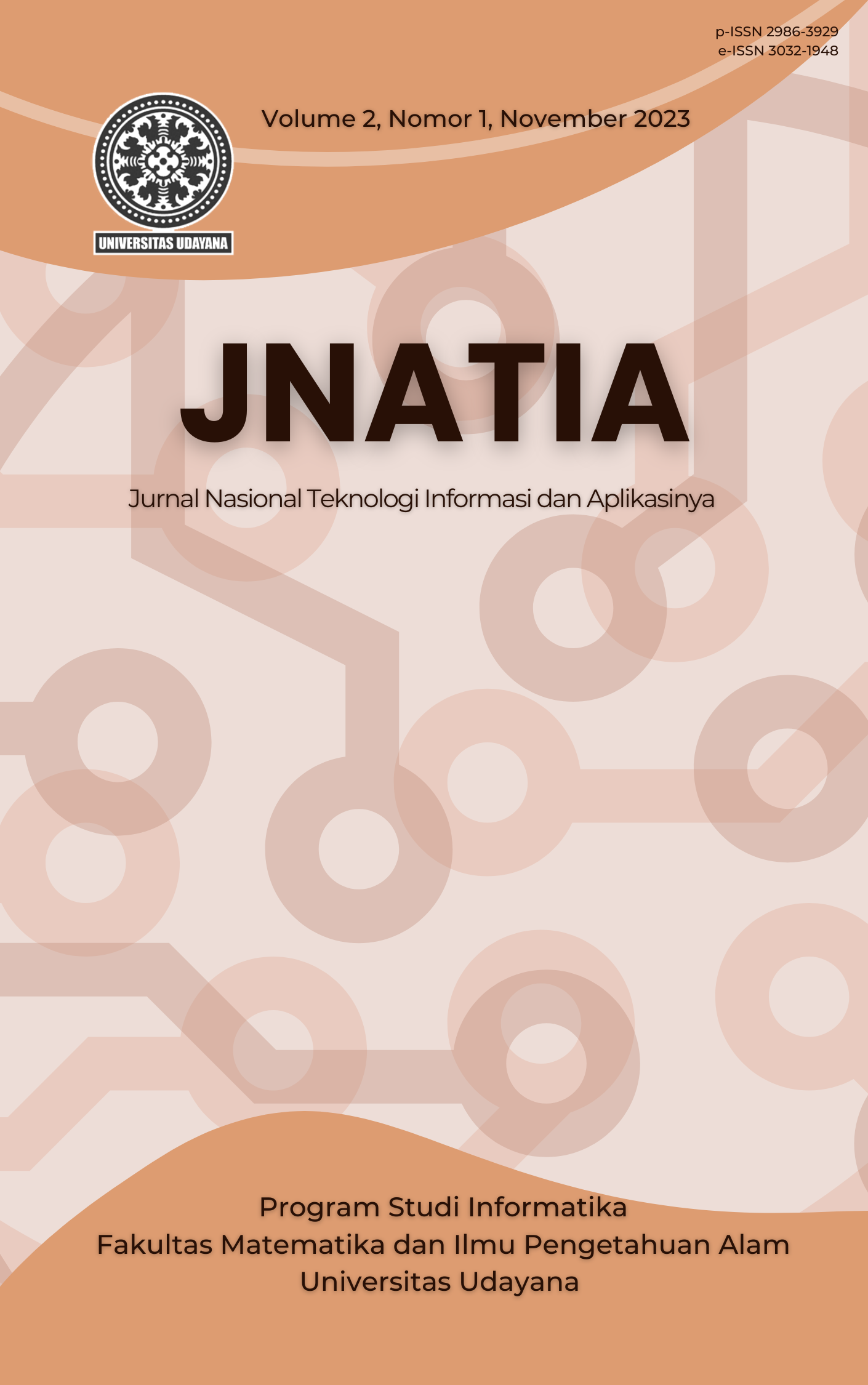Klasifikasi Kategori Cerita Pendek Menggunakan Support Vector Machine
Abstract
Short stories are fascinating literary works to read because they present concise narratives that don't require readers to spend a lot of time to complete a story. Although the stories are short, determining the story category still requires careful reading to understand the content. However, it can become challenging when there is a large number of stories to be classified. Therefore, this research aims to develop a system that can automatically classify short story texts. The method used in this research is SVM (Support Vector Machine). The research is conducted to assist in automatically classifying short stories and create a system that bridges people to enjoying written works while enhancing literacy. The data used consists of short stories in the categories of romance, horror, and religion. The best-performing model is obtained through the training and validation process using new data. The results of testing the SVM method with a 70:30 data scenario, and hyperparameter C=10, gamma = 0.1 with kernel rbf or gamma = scale with kernel linear, yield an accuracy of 96% with a precision of 96.72%, recall of 96.36%, and an f1-score of 96.40%.




